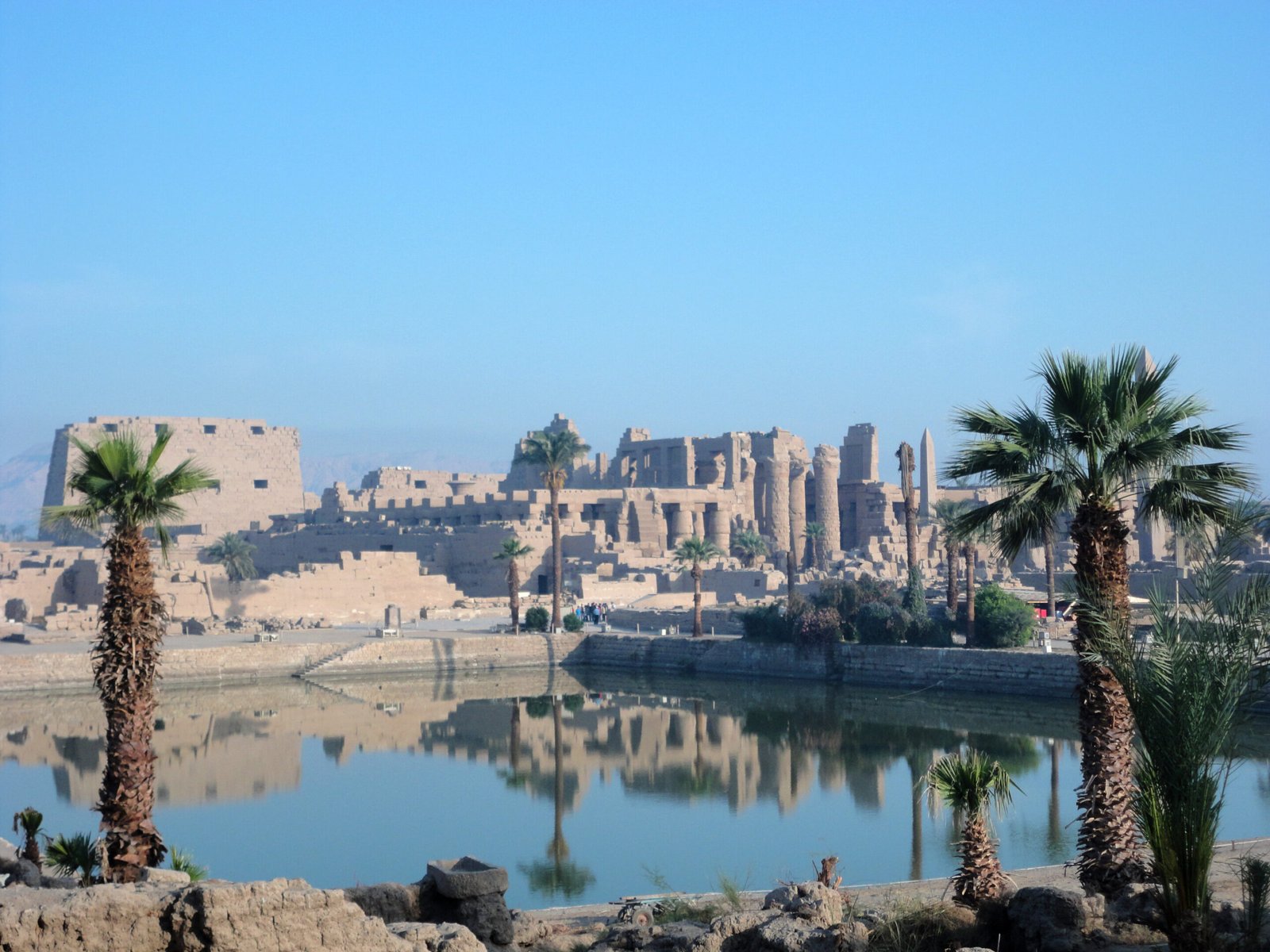A groundbreaking geoarchaeological study has revealed the foundational secret of the Karnak Temple Complex, showing it was built on a sacred island that emerged from the Nile, a landscape that mirrored ancient Egyptian creation myths. The research fundamentally rewrites our understanding of how one of the ancient world’s most magnificent temple complexes came to be.
Research Rewrites History
The research, led by the University of Southampton and Uppsala University and published in Antiquity, provides the most comprehensive analysis ever conducted of the UNESCO World Heritage site. By drilling 61 sediment cores and analyzing tens of thousands of pottery fragments, the international team has pieced together a dramatic geological and archaeological history that pushes back the timeline of Karnak’s earliest occupation.
An Island in the Nile
The study reveals that before around 2500 B.C., the area was a dynamic riverine environment, frequently flooded by fast-flowing Nile channels. Before 2520 B.C., the site was unsuitable for permanent settlement due to these floods.
Contrary to earlier assumptions, the temple was built not on a simple riverbank but on a high island, formed as Nile channels carved deeper beds to the east and west. The newly discovered eastern channel was even larger than previously thought, possibly surpassing the western one.
Dating the Dawn of Karnak
The sediment evidence provides new insights into when major development at Karnak began. The findings suggest that the earliest sustainable occupation of the precinct likely occurred during the Old Kingdom, roughly between 2591 and 2152 B.C.
This timeline is strongly supported by the archaeological record. “The ceramic fragments we found align perfectly with the sediment data, with the earliest pieces dating from 2305 to 1980 B.C.,” said Dr. Kristian Strutt, a co-author from the University of Southampton. “This gives us a much clearer picture of the temple’s early years.”
Where Landscape Meets Myth
The research reveals a striking link between Karnak’s landscape and ancient Egyptian religious beliefs.
Central to Egyptian cosmology was the “primeval mound,” the first earth emerging from chaotic waters at creation.
This mound symbolized life’s origin and the manifestation of the creator god.
The survey indicates Karnak’s island was the only high ground surrounded by water in the Theban region.
A Divine Blueprint
For the ancient Theban elites, this natural island embodied their sacred myths. Dr. Pennington explains that they chose this site because it mirrored their cosmogonical texts, creating a home for the creator god, Amun-Ra, at the very moment of creation. Each year, as the Nile receded, the mound of Karnak would reappear, reenacting the divine emergence from the “Waters of Chaos.”
The study reveals how land, water, and belief combined to shape a religious capital that lasted millennia. The research team now plans to map the entire Luxor floodplain, uncovering the sacred waterscape of the ancient Theban region.








